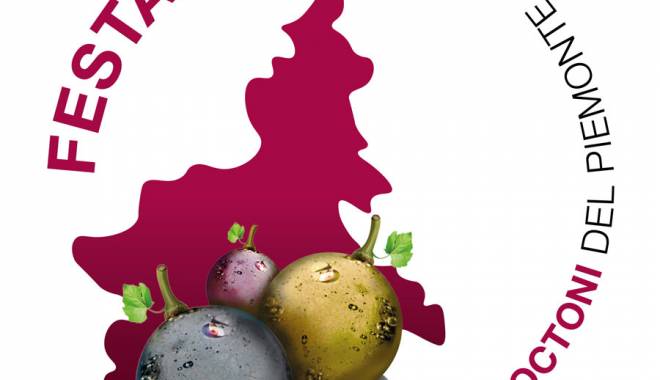At the conference “90 years of life of ISV/CRA–VIT of Conegliano (1923-2013)” the point in question was Italian viticulture and its prospects, and particularly the “Enhancement of the main Italian native grape varieties and their terroir”.
Italian viticulture: prospects and intentions
The conference “90 years of life of ISV/CRA–VIT of Conegliano (1923-2013)” was an important opportunity to take stock of the evolution of scientific research in viticulture and its prospects: ampelography, genetic improvement, pest management and study of wine–territory bond.
“Italian viticulture – Giuseppe Alonzo, president of the Council for Research and Experimentation in Agriculture, said – has made enormous progress over the last century in economic, environmental and social terms, winning in the market thanks to those unique factors that make it part of our cultural and historical identity: from the remarkable diversity of soil and climate, to the incomparable varietal richness, to the savoir faire refined over time. Looking ahead, however, it must continue to be successful, focusing even more on excellence and exports”.
On the occasion, Domenico Zonin, president of Unione Italiana Vini (UIV), has placed an emphasis on research: “Our organization is motivated to coordinate with institutions, primarily with national research centers of excellence and the CRA, to define the important and urgent needs of wineries and find solutions in the field of applied research in viticulture and oenology. UIV has the aim, consistently with its role as coordinator and collector of various actors who can actively boost research in such an important field as the one of wine”.
From saying to doing: the Genetic Passport for the “Enhancement of the main Italian native grape varieties and their terroir”.
The conference was an occasion to present the results of the research project “Enhancement of the main Italian native grape varieties and their terroir (Vineyard)”, funded by Mipaaf and coordinated by CRA–VITof Conegliano in collaboration with the Research Centre for Genomics and the Post-Genomics (CRA–GPG), the Institute for applied Genomics (IGA) of Udine, the University of Udine, Verona and Milan and the S.Anna High School of Studies of Pisa.
This initiative aims to draw up a true genetic passport of the main Italian native grape varieties.
“From our analysis – the researchers say –the high diversity of Italian grape varieties and, consequently, the great variability of wines that can be produced, are confirmed. It is one of the determining factors for the commercial success of our wines, especially abroad. And this is the first step to defend and promote the unique wine heritage of the country”.
Other interesting applications of the project on indigenous grape varieties are:
– To know the detailed composition of the grapes at harvest, in order to optimize the wine making technique, enhancing as much as possible the organoleptic characteristics of the different varieties. This will bring to a better quality and to a more distinct connotation.
– To know the gene expression also in the major phases of development of the plant, to allow to better manage the cultivation techniques, in relation to environmental variables.
– To understand the degree of adaptation to the vineyards to the various terroir, in order to optimize their qualitative expression in different environments.
© RIPRODUZIONE RISERVATA
11/12/2013



